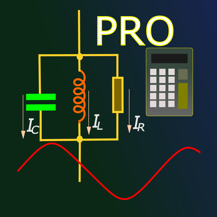什么是滤波器(英文)?
滤波器英文:An Intuitive Introduction to Understanding Filters
In the realm of technology and engineering, filters play a crucial role in processing signals, images, and data. Though the term might sound intimidating at first, understanding what a filter does and how it works can be both fascinating and enlightening. Let's dive into the world of filters, exploring their various types, applications, and the key concepts behind them.

What is a Filter?
In its simplest form, a filter is a device or a process that modifies, selects, or rejects specific components of a signal. Filters are广泛应用 across different fields such as signal processing, image processing, and machine learning. Their main purpose is to extract or suppress specific features, frequencies, or information from the input signals, images, or data.

Types of Filters
Filters come in various forms, each designed for different purposes. Here are some of the most common types:

1. Low-pass Filter (LPF)
Function: Allows low-frequency signals to pass through while suppressing high-frequency components.
Application: Often used for noise reduction. For example, in audio processing, an LPF can remove high-frequency noise, leaving a cleaner sound.
2. High-pass Filter (HPF)
Function: Allows high-frequency signals to pass through while suppressing low-frequency components.
Application: Commonly used for edge detection or extracting details in images. In audio processing, an HPF can be used to remove bass components, emphasizing treble sounds.
3. Band-pass Filter (BPF)
Function: Allows signals within a specific frequency band to pass through while blocking signals outside this band.
Application: Used in communication systems to receive signals within a specific frequency range, blocking interference from other frequencies.
4. Band-stop Filter (BSF)
Function: Suppresses signals within a specific frequency band while allowing signals outside this band to pass through.
Application: Useful for removing unwanted frequency components from a signal.
5. Convolutional Filter
Function: Extracts specific patterns or features from images or feature maps through convolution operations.
Application: Widely used in image processing and deep learning, particularly in convolutional neural networks (CNNs) for tasks such as edge detection, sharpening, and blurring.
Applications Across Different Fields
Filters have diverse applications, each leveraging their unique capabilities to enhance or modify signals, images, and data.
1. Signal Processing
Noise Reduction: Filters like LPFs are essential for removing unwanted noise from signals, improving clarity and quality.
Signal Enhancement: By emphasizing specific frequency components, filters can enhance signals, making them more discernible.
2. Image Processing
Feature Extraction: Edge detection filters, such as Sobel filters, highlight edges within an image, aiding in feature recognition and analysis.
Smoothing: Mean filters and Gaussian filters are used to reduce noise and smooth images, enhancing visual clarity.
3. Machine Learning and Deep Learning
Convolutional Neural Networks (CNNs): The convolutional layers in CNNs act as filters, automatically learning and extracting important features from data.
The Basics of Filtering: Frequency Separation
Understanding frequency separation is key to grasping how filters work. Any signal can be seen as a combination of different frequency components. By allowing or blocking specific frequencies, filters can manipulate the signal to achieve desired outcomes.
Analog vs. Digital Filters: Filters can be analog or digital. Analog filters use analog circuitry to process continuous signals, while digital filters operate on discrete signals using algorithms implemented in software or digital hardware.
Components and Characteristics of Filters
The performance and behavior of a filter are determined by several factors:
1. Frequency Response: Describes how the filter affects signals of different frequencies. Plotted as an amplitude-frequency characteristic, it shows the gain or attenuation of the filter at each frequency.
2. Phase Response: Indicates how the filter affects the phase of the signal at different frequencies. This is crucial in applications where phase accuracy is important.
3. Bandwidth: The range of frequencies that the filter allows to pass through with minimal attenuation. For BPFs and BSFs, it defines the specific frequency band of interest.
4. Ripple: Variations in the amplitude response within the passband or stopband of a filter. Lower ripple indicates a smoother response.
5. Insertion Loss: The loss of signal power that occurs when a signal passes through the filter. Lower insertion loss is desired.
Advanced Concepts: Modern Filtering Techniques
Beyond classical filtering methods, modern techniques such as adaptive filtering, wavelet filtering, and Kalman filtering offer more sophisticated solutions.
Adaptive Filtering: Automatically adjusts its parameters based on the input signal, optimizing its performance in real-time. Useful in applications like noise cancellation.
Wavelet Filtering: Utilizes wavelet transforms to analyze and process signals at different scales and resolutions. Effective in non-stationary signal processing.
Kalman Filtering: An algorithm used in estimation and prediction, combining measurements with a dynamical model of the system to produce estimates of unobserved variables. Widely used in navigation and control systems.
Practical Applications
Filters are indispensable in numerous practical applications:
Communications: Band-pass filters ensure that signals within specific frequency bands are received while blocking interference.
Audio Processing: Equalizers use a combination of LPFs and HPFs to adjust the frequency response of audio signals, enhancing sound quality.
Medical Imaging: Filters are used to enhance image contrast, remove noise, and detect edges in medical images, aiding in diagnosis and treatment planning.
Radar and Sonar: Band-pass and band-stop filters play crucial roles in signal processing, ensuring accurate detection and analysis of targets.
Conclusion
Filters are versatile tools that enable the manipulation and enhancement of signals, images, and data across various fields. By understanding their types, applications, and underlying principles, one can appreciate their significance in modern technology. Whether you're an engineer designing communication systems, a data scientist processing images for machine learning, or an audio engineer enhancing sound quality, filters offer powerful solutions to meet your needs.
So the next time you hear the term "filter," remember that it's more than just a tool—it's a fundamental concept that underpins countless innovations and technologies shaping our world today.
- 上一篇: d101与d197榴莲有何不同?
- 下一篇: 临床药理学的核心使命与探索范畴
-
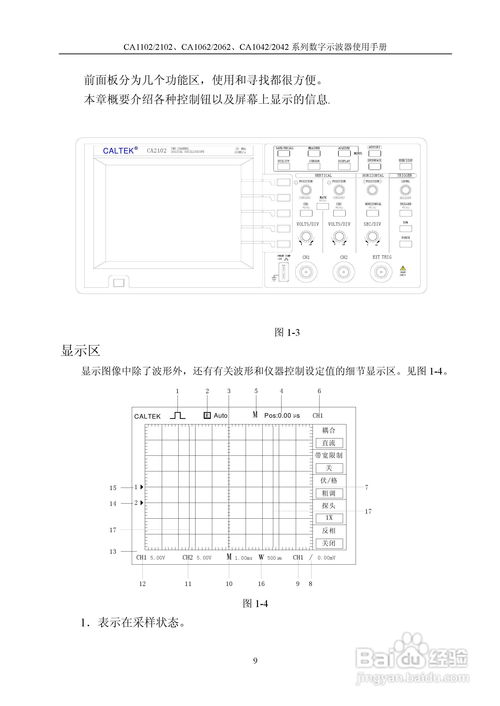 如何全面解读CA1102数字存储示波器说明书?[详细指南4]资讯攻略11-21
如何全面解读CA1102数字存储示波器说明书?[详细指南4]资讯攻略11-21 -
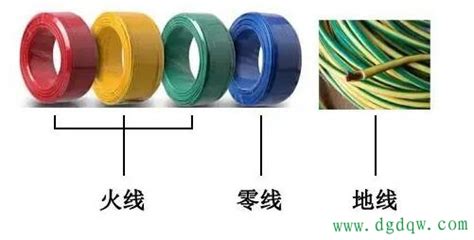 火线的英文表达是什么?资讯攻略11-16
火线的英文表达是什么?资讯攻略11-16 -
 九月英文缩写的正确形式是什么?资讯攻略01-25
九月英文缩写的正确形式是什么?资讯攻略01-25 -
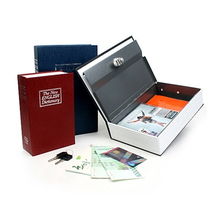 保险箱的英文名称是什么资讯攻略01-31
保险箱的英文名称是什么资讯攻略01-31 -
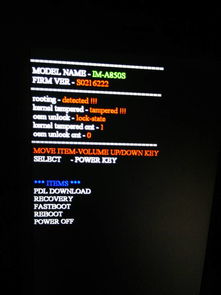 五分之一的英文表达是什么?资讯攻略01-08
五分之一的英文表达是什么?资讯攻略01-08 -
 天使的英文拼写是什么?资讯攻略11-11
天使的英文拼写是什么?资讯攻略11-11

